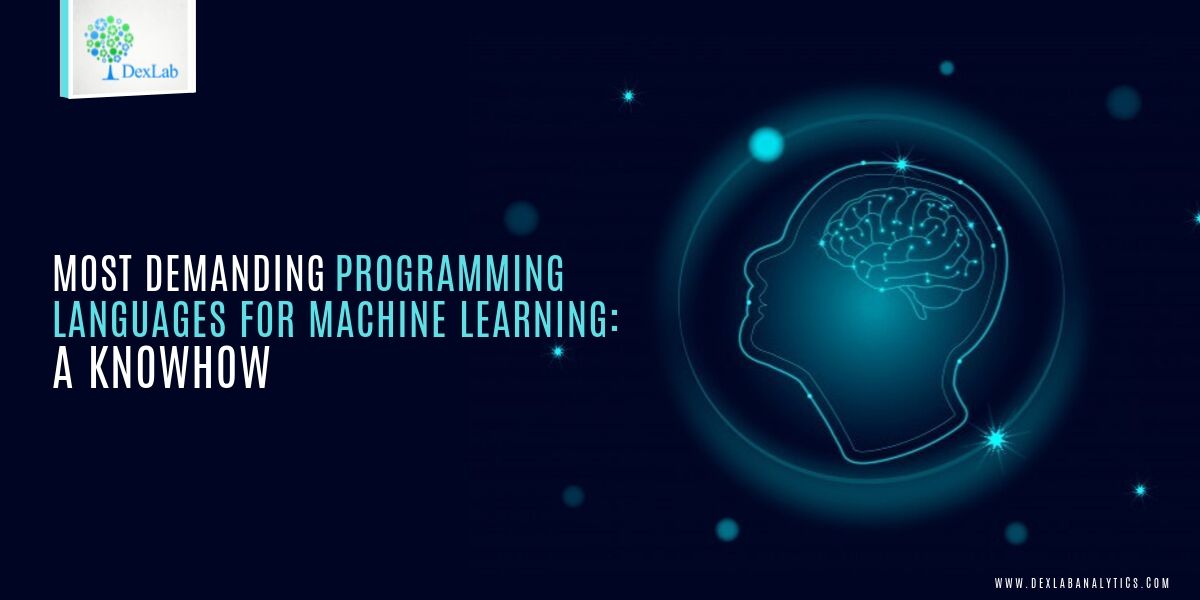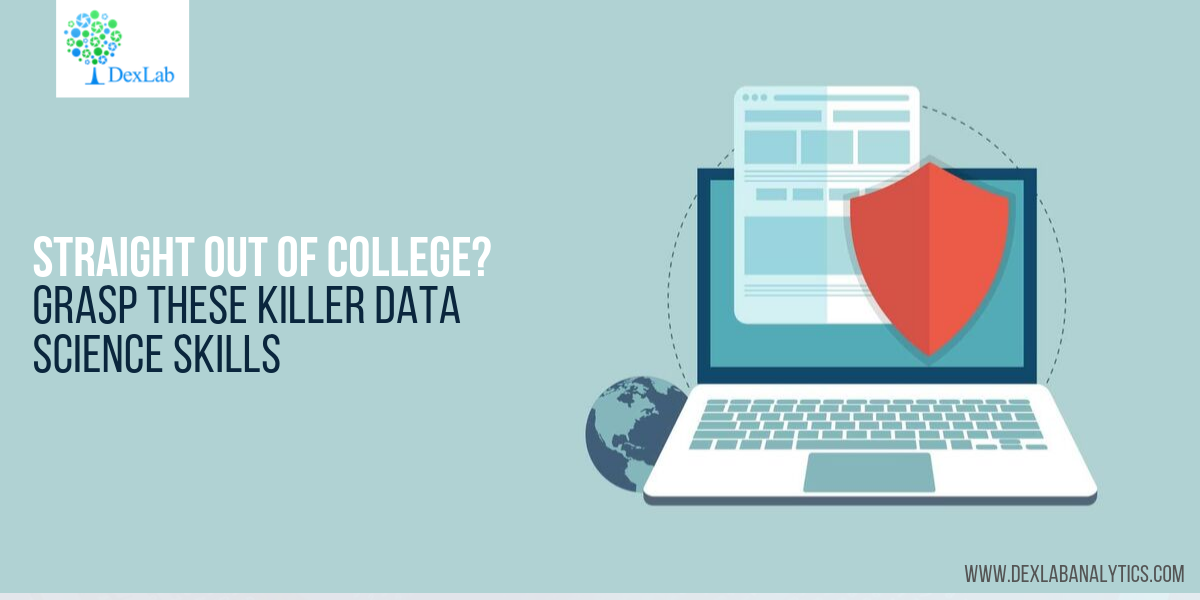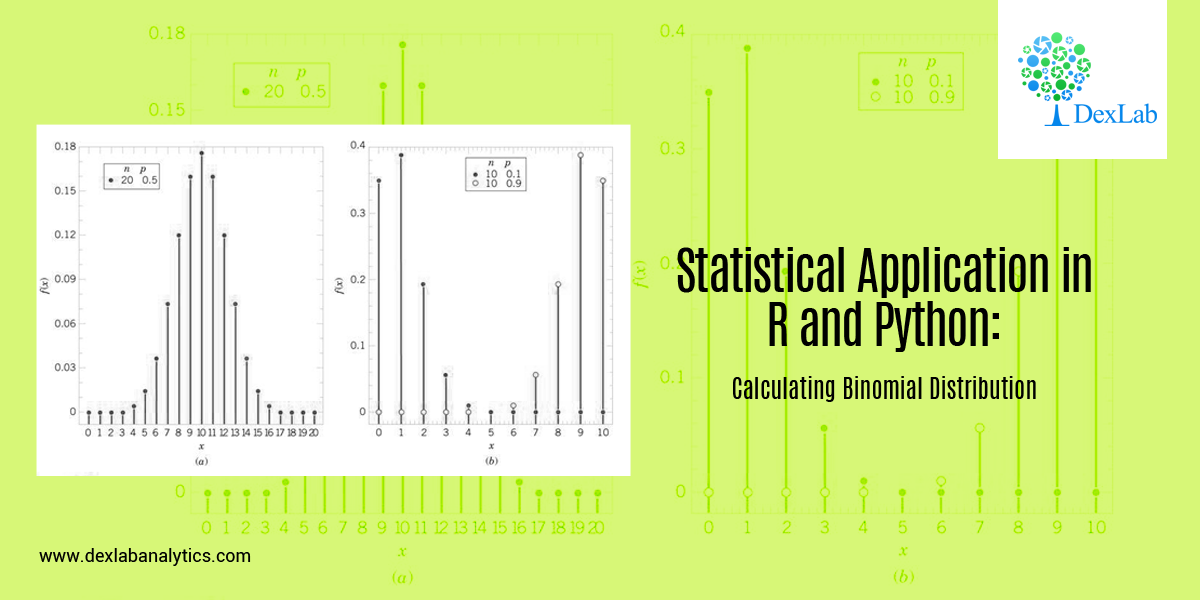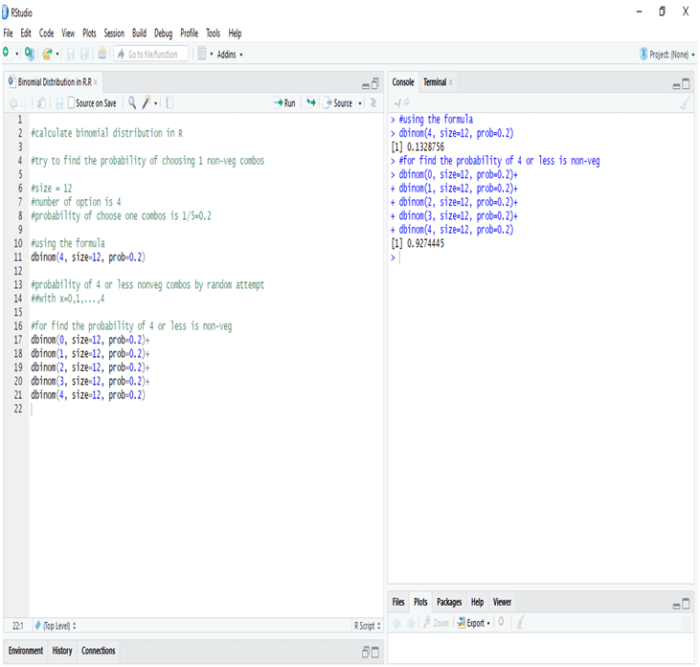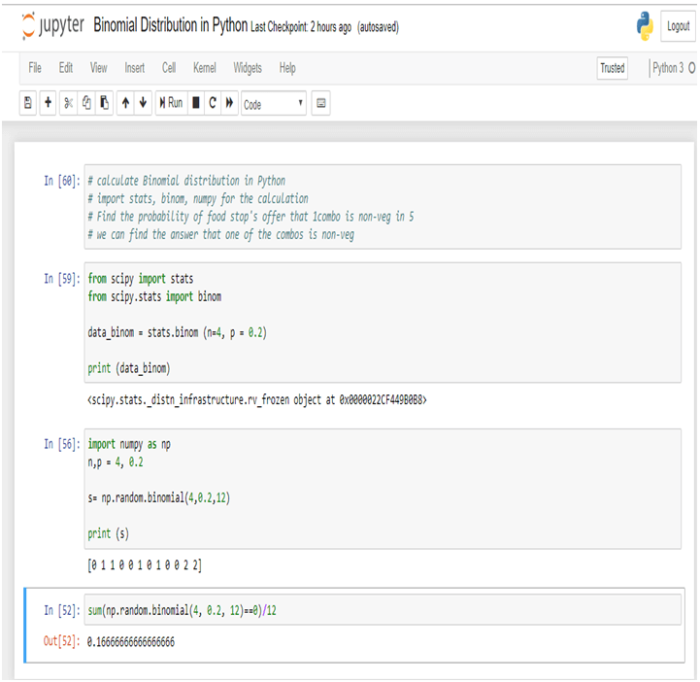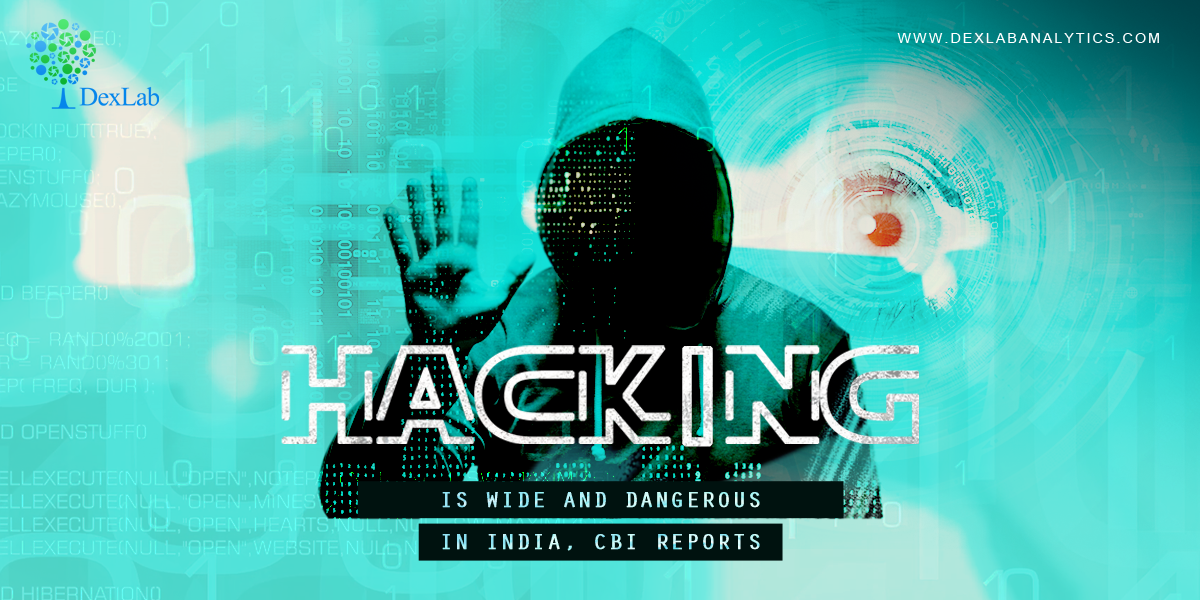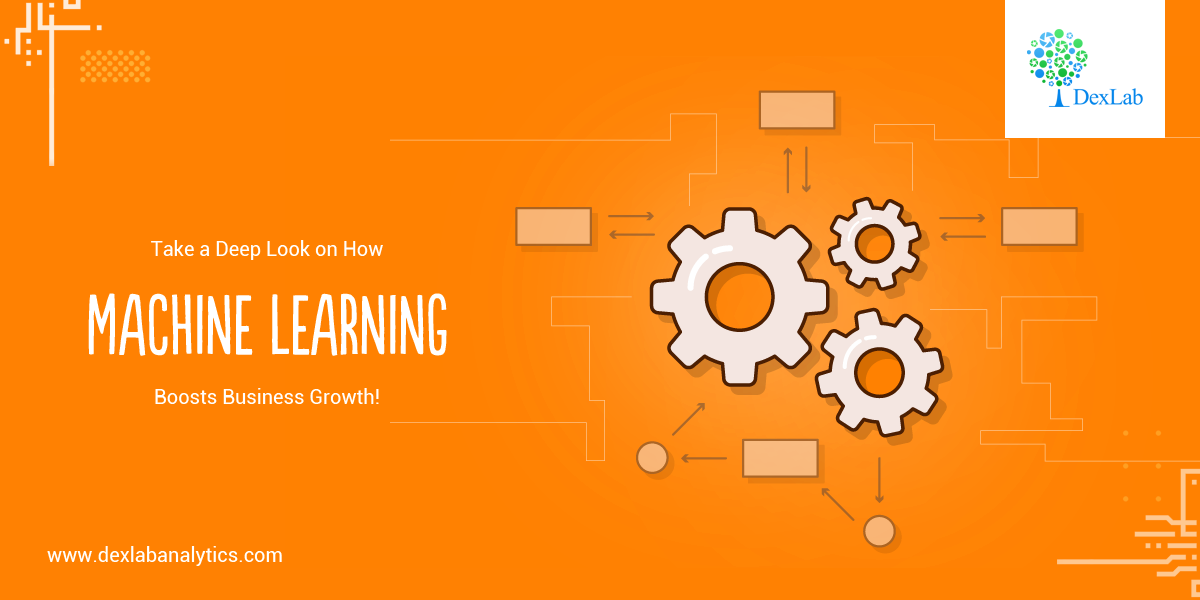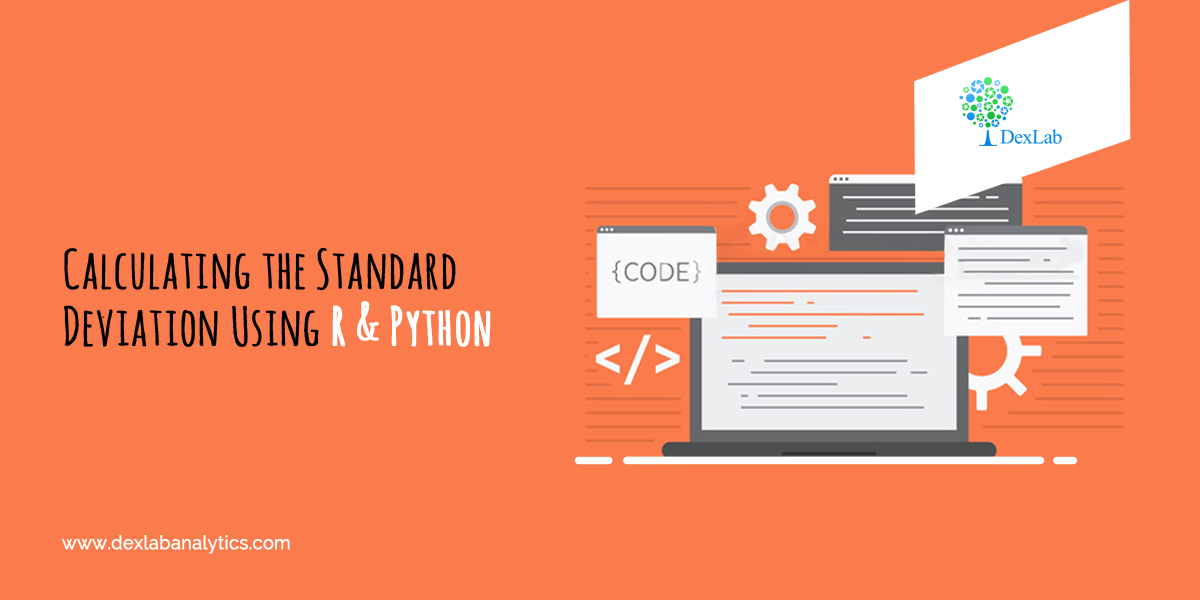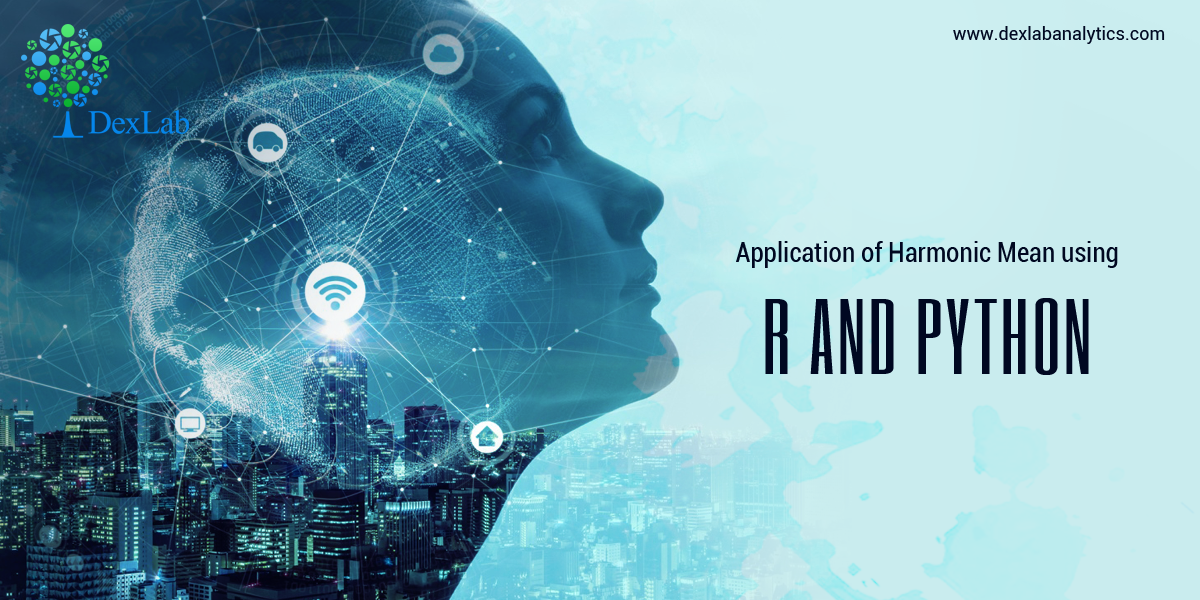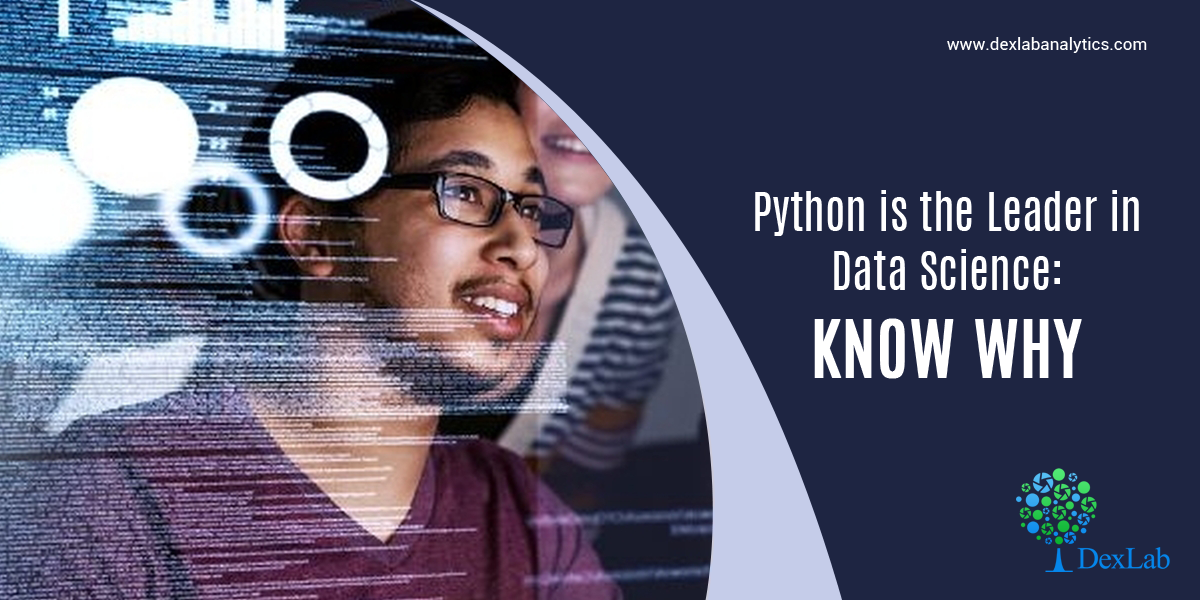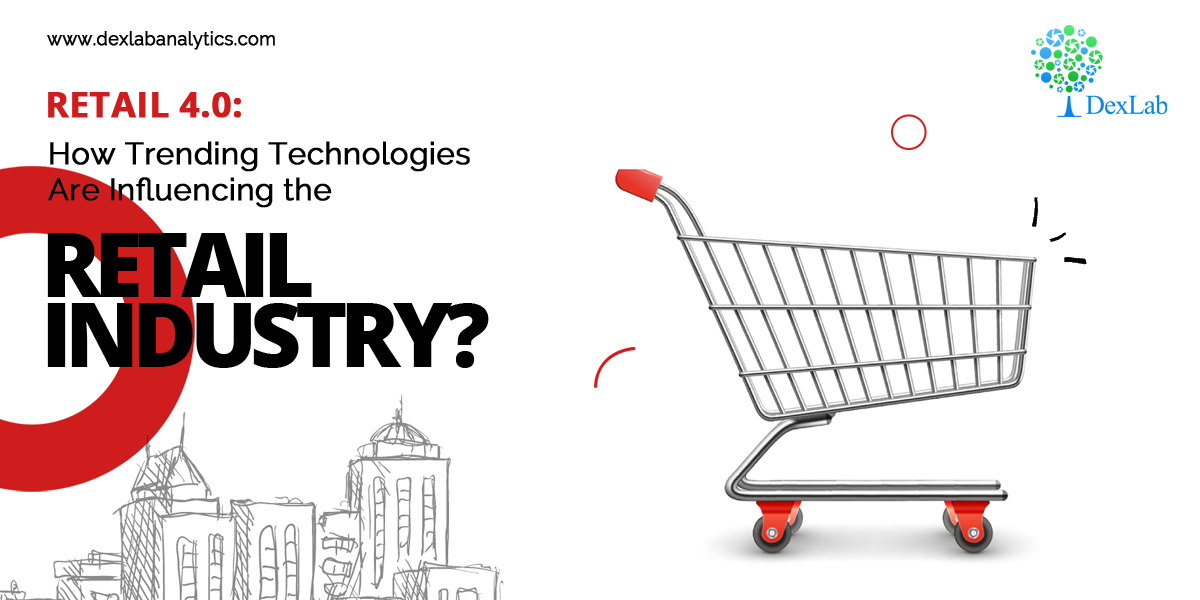
The retail industry is undergoing unprecedented changes: courtesy Retail 4.0! It is the term used to denote the transformation that’s taking place at a rapid pace. Technological advancements and customer expectation are key driving factors behind the evolution.
Customers are the bedrock of the retail industry. They are fickle and demanding. With higher spending power and low brand loyalty, they are redefining the consumer trends and forcing retailers to harness the power of big data to ensure a seamless, positive customer experience coupled more secure payment methods and easier online store formats.
Data is Power
For years, retailers have been working on consumer’s behavior and how to serve them well. Today, amidst increasing competition, data explosion and advanced technological implementations, they seem to lose their erstwhile charm. Data is the answer. In a digital-enabled landscape, retail industry players need to leverage several emerging technologies, such as augmented reality, virtual reality, mixed reality, AI and Internet of Things and draw clear actionable insights.
Gone are the days when retailers relied on their instincts and formulated marketing strategies. Today, predictive analytics is used to boost informed decision-making and conclude the future success of an enterprise. Put simply, retail analytics using Python is the tool to drive optimization, follow corrective measures and reduce revenue leakage. With data at the forefront, retail analytics and its diverse platforms are providing customers with relevant products, superior service and the facility to experience the products even before purchase.
How Does It Work?
Retail analytics targets customer acquisition and focuses on customer study. Through data analysis, the retailers ascertain buying patterns and curated customer engagement strategies. For that, deep insights are generated based on their search criteria, purchase records and frequency of shopping.
Also, retailers can now predict demand precisely. Based on a customer’s historical data, they anticipate when he/she is likely to make a purchase decision and within what duration of time. They can also predict the products the customers are going to re-purchase with the help of AI. Robust machine learning algorithms deliver insights that specify accurate customer recommendations, which help increase retailers’ profit margin.
Understanding the nuances of consumer behavior is of utmost importance. This is why IoT and AI are combined and used in monitoring customer-store interactions – resulting in better service engagements and higher revenue. Social media has added to the effect. Extracting user information from social media platforms has become a piece of cake. Retail market players can now leverage the social media data, influence customer purchase decisions and enjoy a certain edge against the tailing rivals.
As endnotes, retailers need to embrace the digital transformation and create fresh, enhanced experiences to entice the consumers. After all, the future belongs to the data-inspired companies. So, just stay ahead of the curve using data as the power tool.
Interested in a career in Data Analyst?
To learn more about Data Analyst with Advanced excel course – Enrol Now.
To learn more about Data Analyst with R Course – Enrol Now.
To learn more about Big Data Course – Enrol Now.To learn more about Machine Learning Using Python and Spark – Enrol Now.
To learn more about Data Analyst with SAS Course – Enrol Now.
To learn more about Data Analyst with Apache Spark Course – Enrol Now.
To learn more about Data Analyst with Market Risk Analytics and Modelling Course – Enrol Now.


